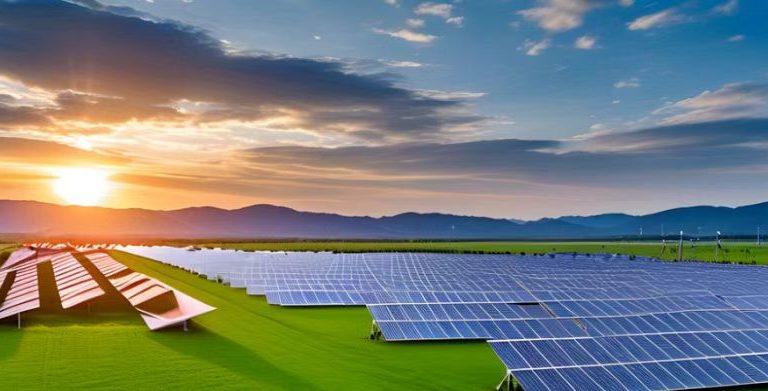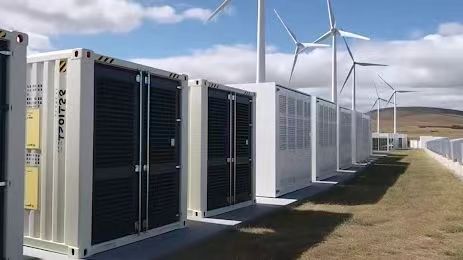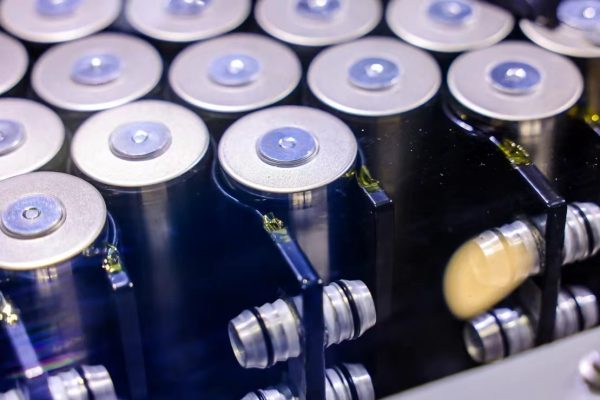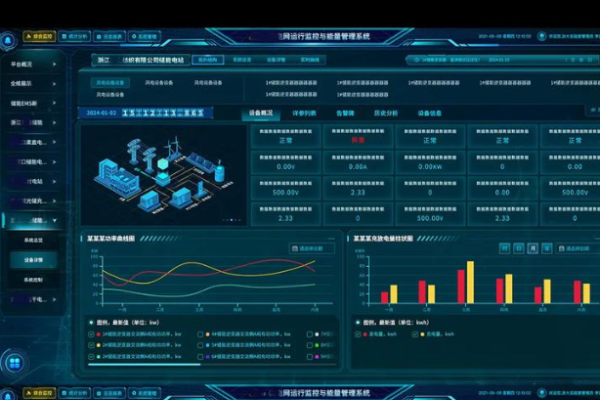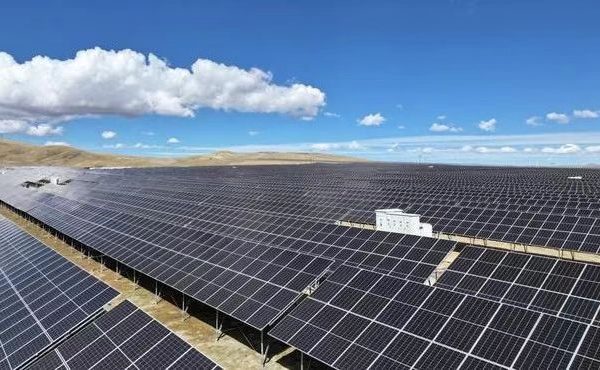The Role of Off-Grid Microgrids in Southeast Asia
Southeast Asia is one of the most dynamic regions for off-grid microgrid adoption. With thousands of islands, remote villages, and areas with weak grid access, countries like Indonesia, the Philippines, Myanmar, and Cambodia are turning to solar + storage microgrids to provide reliable, affordable, and sustainable electricity. For exporters of energy storage systems (ESS), this region represents a growing opportunity to deliver solutions tailored to local challenges.
1. Why Microgrids Matter in Southeast Asia
- Geography: Archipelagos and remote inland regions make grid extension costly.
- Energy Access Gaps: Millions of people still lack reliable electricity.
- Sustainability Goals: Governments are pushing renewables to reduce diesel reliance.
- Climate Resilience: Microgrids improve disaster recovery in typhoon-prone regions.
Exporter Tip: Position ESS as the core enabler of reliable off-grid microgrids.
2. Typical Design of Off-Grid Microgrids
- Solar PV: Provides daytime power generation.
- Battery Storage: Ensures electricity availability at night and during cloudy conditions.
- Diesel Backup: Often used as a safety net but minimized to cut costs and emissions.
- Smart Control Systems: Manage generation, storage, and consumption in real time.
Exporter Tip: Highlight your system’s ability to integrate with hybrid generation models.
3. Case Example: Indonesia’s Island Communities
- Context: Thousands of small islands cannot be connected to the national grid.
- Solution: Solar + storage microgrids sized between 50 kWh to 500 kWh supply entire villages.
- Impact: Reliable electricity for lighting, refrigeration, schools, and small businesses.
Exporter Tip: Stress scalability of systems for island electrification.
4. Case Example: The Philippines and Disaster Resilience
- Context: Frequent typhoons damage transmission lines, leaving communities in the dark.
- Solution: Containerized microgrids with 100–300 kWh storage ensure resilience.
- Impact: Hospitals and evacuation centers maintain essential power.
Exporter Tip: Emphasize ESS as a life-saving solution during natural disasters.
5. Case Example: Rural Myanmar and Cambodia
- Context: Low electrification rates in rural areas.
- Solution: Small-scale solar + battery systems (10–50 kWh) power micro-enterprises and homes.
- Impact: Boosts economic development by enabling refrigeration, milling machines, and connectivity.
Exporter Tip: Promote ESS as a development enabler for rural economies.
6. Buyer Expectations in Southeast Asia
- Affordability: Budgets are limited; cost-effectiveness is crucial.
- Durability: Systems must withstand tropical humidity, heat, and storms.
- Simplicity: Easy installation and minimal maintenance are key for remote locations.
- Financing Models: Many buyers seek leasing or pay-as-you-go options.
Exporter Tip: Adapt quotations to show low TCO (Total Cost of Ownership) and financing flexibility.
7. Risks and Challenges
- Logistics: Transporting systems to remote islands or rural areas.
- Policy Uncertainty: Subsidies and rural electrification programs may fluctuate.
- Technical Support: Lack of trained personnel can limit adoption.
Exporter Tip: Offer remote monitoring and local training packages to mitigate risks.
Southeast Asia as a Strategic Market
Off-grid microgrids are transforming Southeast Asia, enabling energy access, resilience, and economic growth. For exporters, the opportunity lies in providing cost-effective, durable, and scalable ESS solutions. By aligning offers with local needs—ranging from small rural systems to containerized island solutions—suppliers can establish themselves as trusted partners in one of the world’s fastest-growing renewable energy markets.





